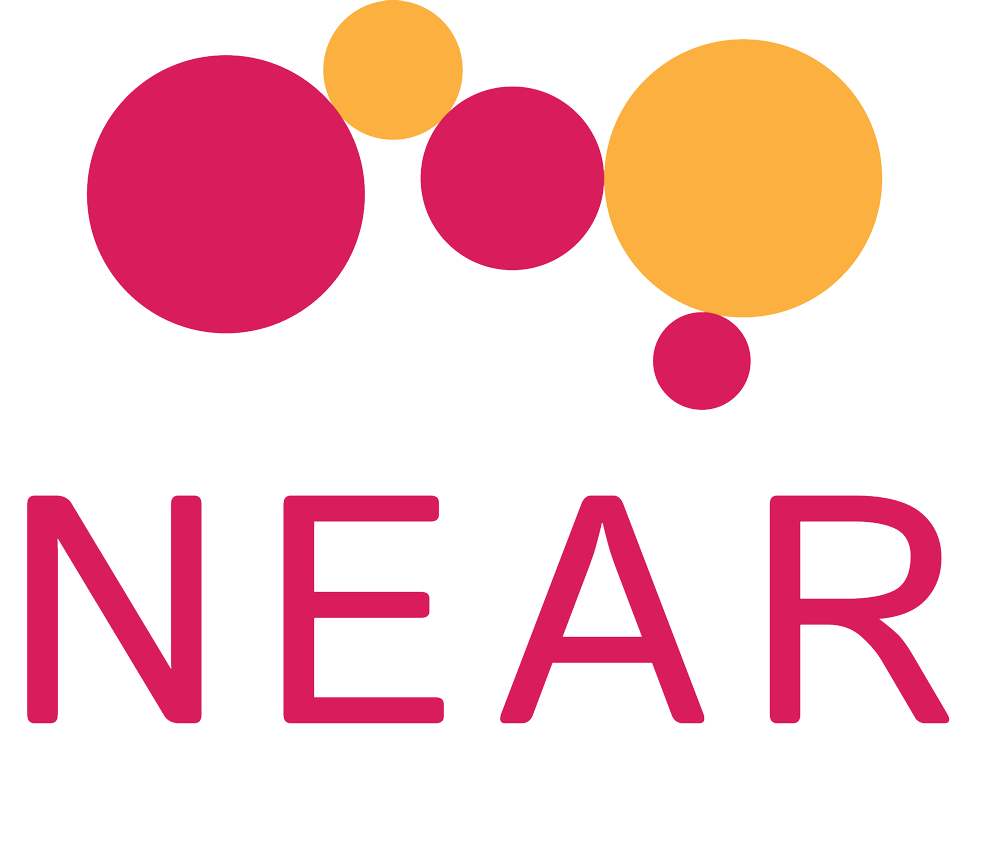The humanitarian situation in Afghanistan is acute and deepening every day, but for many it feels the crisis has been forgotten, as media attention shifts to other emergencies. After a particularly bitter winter, marked by skyrocketing malnutrition rates and a ban on women working, local actors are sounding the alarm at the seriousness of the situation.
We spoke to Shafiqullah Wardak, Director of Afghanistan National Urban and Rural Development Organization (ANURDO) about the most serious challenges facing communities and humanitarians trying to deliver aid.
We have a number of very serious elements that make up this humanitarian crisis.
Firstly, there is a hunger crisis, especially in the rural areas where they have seen drought and food prices are very high. This economy is based 70% on agriculture so the impact of the drought has been severe. Malnutrition is a very big problem and every month the graph showing malnutrition cases goes up. Mothers are not getting enough food to feed their children, and one in three children is suffering from malnutrition.
Unemployment is a major factor, especially since the ban on women working. We have many widows because there was a war for 20 years, and they have been supporting their families alone. Now with the ban on women working, they have lost their jobs and their only form of income.
Education is also in a crisis, now that girls are not allowed to study, and women are not allowed to teach, and girl children can only attend school until the sixth grade.
There is a massive health crisis in the “white areas” where 25% - 35% of people in Afghanistan.
A “white area” has absolutely zero health care available – no nurse, no doctor, no clinic. Nothing. This creates major health problems, especially for women and children. In these areas there are many cases of women dying during childbirth and the graph showing malnutrition among children is increasing day by day.
Also, in most of the provinces, people are being displaced from the remote areas, and the number of IDPs is increasing. They are moving from one province to another or from the rural areas to the centres of the provinces in search of work or jobs.
There is a massive health crisis in the “white areas” which have absolutely zero health care available – no nurse, no doctor, no clinic.
Nothing.
As a local NGO, the political situation is creating several challenges for us.
Due to the situation, we are unable to retain our expert staff, as we are only able to offer very short-term contract. Most expert staff have going to Europe, America, Canada and other countries, so this creates a big skills gap for us.
The ban on female staff makes it very difficult to do our work, as women workers have always been involved in selection of beneficiaries, distribution and community engagement.
We also see a big decrease in donor funds: the United Nations and donor countries have not yet announced their aid, and if their problem with the Afghan government is not resolved Afghans will face a major disaster this year.
We are calling on donors to support local and national NGOs with direct funding, because we have the access, and we can implement in the “white areas” and the rural areas.
This is a crisis year for Afghanistan – please don’t let us fall off the radar!

